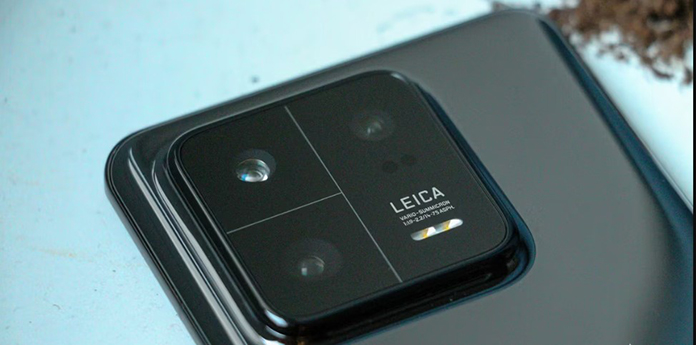According to a story from China Times via WCCFTech, Apple’s next M3 processor is believed to be far more advanced than previously speculated. While it was previously anticipated that Apple would employ TSMC’s 3nm technology for the M3, it now looks like Apple will bypass this generation entirely in favor of TSMC’s N3E, a more advanced 3nm process at the Taiwanese chip foundry. Apple is expected to be the first customer to employ this process node, with the M3 chip in the forthcoming MacBook Air and iPad Pro. Apple could also operate the advanced 3nm node for its A17 Bionic chip, which will power a future iPhone and non-pro iPad.
It was previously assumed that the Apple M2 chip, announced in 2022, would be manufactured on a 3nm technology, but this was different. It’s unclear whether this was due to COVID-related supply chain issues. On the other hand, Apple chose 5nm for both the M1 and M2 chips, and while the M2 chip performed admirably, its performance boost over the M1 was a normal generation-on-generation refresh.
On the other hand, a move to 3nm with the M3 chip would deliver a considerably more significant performance boost, potentially providing a compelling reason for people to upgrade from an M1 MacBook Air to an M3 model. The new processor is supposed to boost performance by 30% or more while improving battery life. Given the M2 Mac lineup’s relatively dismal sales over the previous year, Apple must give users a compelling incentive to upgrade beyond a boring facelift and flashy marketing.
Because of its superb speed, battery life, and affordability, the MacBook Air (M1) remains the ideal notebook for most consumers. But switching to TSMC’s N3E may be an excellent reason for moving to the M3 model.
Summary:
- The next M3 chip from Apple will be made with TSMC’s N3E technology, which is a more advanced 3nm process than was thought before.
- The M3 chip is projected to power the upcoming MacBook Air and iPad Pro, with the A17 Bionic chip potentially utilizing the advanced 3nm node.
- The M2 chip was fabricated on 5nm rather than 3nm, offering a typical generation-on-generation performance gain.
- When the M3 chip goes from 28nm to 3nm, performance, and battery life are expected to improve significantly.
- Apple must give users a solid reason to upgrade to the M3 model, something more than a dull facelift and flashy marketing.








